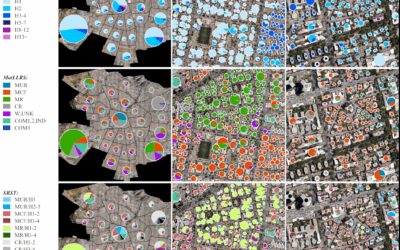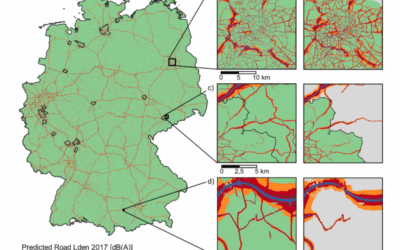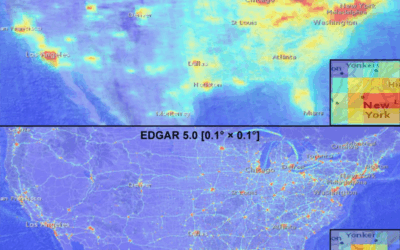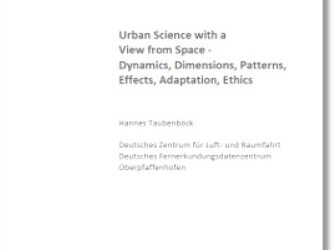New publication on the impacts of different urban expansion patterns on vegetation net primary productivity
A new paper titled “Green cities cost more green: Examining the impacts of different urban expansion patterns on NPP” was just published in the Journal Building and Environment by Jing Zhong, Limin Jiao, Ariane Droin, Jiafeng Liu, Xihong Lian & Hannes Taubenböck
From the Abstract: Urban expansion patterns whether rather “dispersed” or “compact”, have profound impacts on vegetation net primary productivity (NPP), which substantially alters the ecosystem functioning and its resources. However, there remains limited understanding of which pattern is more conducive towards NPP. Different studies have different and even contradictory views. Hence, to better understand the relationship of NPP and the underlying urban spatial patterns further research is needed. In this study, we compare the impacts of different urban expansion patterns on NPP at varying scales for the time period of 2000–2020. We exemplify this for differing city types in China (Chengdu and Hangzhou) and the USA (Chicago and Raleigh). The results showed cities with dispersed spatial patterns caused higher NPP loss rates (17.93%) than cities with compact spatial patterns (10.40%). The majority of NPP loss (more than 72%) caused by urbanization occurred predominantly in suburban and urban fringe areas. In both, suburban and urban fringe areas, the American cities with low population density and dispersed expansion patterns showed more NPP loss per new urban resident (880.713–8076.308 Mg C 10− 4 persons) as well as more NPP loss per square kilometer of built-up land (51.480–881.737 Mg C km− 2). The dispersed spatial pattern with high green space ratios significantly alleviated the NPP loss at the local scale but caused more overall NPP loss for the entire city. These findings shed new light on the scale dependence of urbanization-induced impacts on vegetation, and thus, help to better understand the effects of urban expansion patterns on our environment from local to planetary scales.
Read the full article here: https://www.sciencedirect.com/science/article/pii/S0360132322011064?dgcid=coauthor








